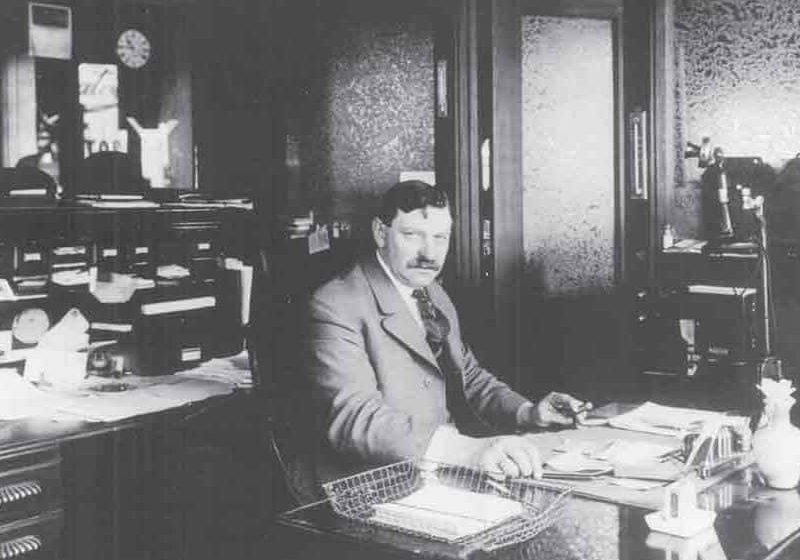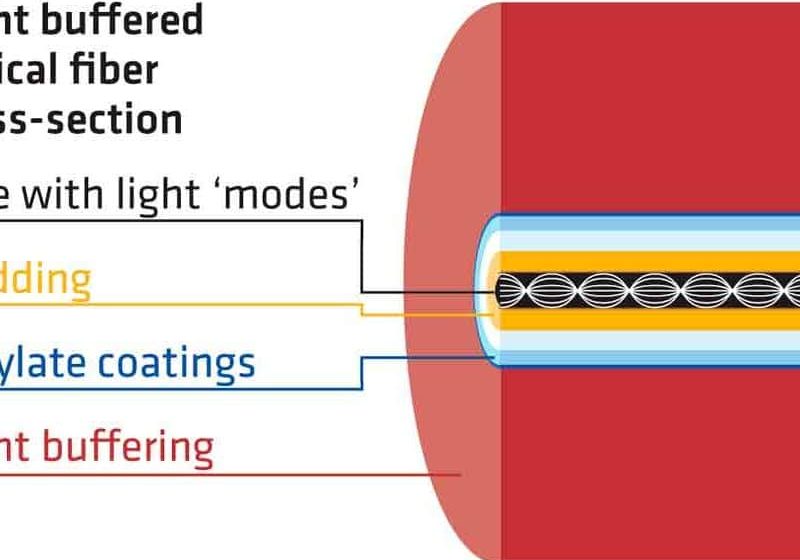The Canadian Elevator Contractors Association (CECA) Convention records its highest numbers to date.
The 39th Annual Canadian Elevator Contractors Association (CECA) Convention took place on June 4-8 at the impressive locale of Niagara Falls, Canada. Those arriving on the first couple days were able to take advantage of clear and comfortable weather before overcast skies rolled in later in the week. As promised, hosts Bert Tolhoek and Ron Quinn (both of Brock Elevator) and their families put together a seamless series of events at the Fallsview Casino Resort, Niagara Falls Hilton and Skylon Tower.
The CECA Board of Directors met behind closed doors on June 4, after which followed a fundraiser for the Elevator Escalator Safety Foundation of Canada (EESFC). “Billiards for Kids” was considered an even greater success than usual, raising CAD1,310 (US$1,284) for the nonprofit. Several good sports gave Paul Seifried (of GAL Manufacturing) a hard go of it, but in the end, his billiards brilliance overcame all the other contestants in the 13-team single-elimination tournament organized by EESFC Fundraising Committee Chair Tom Rennick and committee members Alison Whittaker, Steve Husband and Mike Alcott. Husband said of the fundraiser, “It’s always hard to expect a good turnout on a Tuesday, but we had one tonight. This was for the kids!” The event raised more than CAD1,300 (US$1,240), which will be used to purchase Safe-T Rider© materials for children in Canada during the upcoming school year.
A golf tournament took place on the following day at the nearby Legends Golf Course under pristine conditions. The President’s Reception followed that evening, where outgoing CECA President Ryan Wilson helped welcome attendees to Niagara Falls at the stylishly modern Fallsview R5 Lounge.
Tolhoek kicked off the Opening Breakfast the following morning by introducing delegates and officers and describing the turnout as “Definitely the most attendees we’ve had in years.” He and Wilson thanked everyone for coming and rewarded them by introducing the sensational Greg Frewin, who, along with his agile assistants and a white tiger, put on a magic review show that made good his billing as “International Grand Champion of Magic.”
The Annual General Meeting (AGM) followed the excitement. Wilson opened the proceedings, explaining, “The industry is at a turning point.” Though there is a lot of corporate consolidation in the sector, CECA membership is at an all-time high, at 158. Wilson hoped such good representation will facilitate the association’s push for political support. He is proud of the work CECA has recently accomplished and asked members to “imagine where we would be if we didn’t have an association.”
Doug Guderian read the minutes from last year’s AGM at Atlantic City (ELEVATOR WORLD, December 2012). Treasurer Barry Piquet, who took over CECA presidency at the end of the AGM, then presented his report, revealing that membership revenues have been on a steady increase. A good, predicable Canadian economy and persistence in recruiting new members were credited as the main drivers for the spike in membership over the previous year, which saw 26 new members. Wilson said the CECA maintenance control plan (MCP) template (ELEVATOR WORLD, May 2013) adds a lot of value for members.
Membership Chair/Supplier Secretary Michael J. Ryan explained other benefits members now receive, such as updated news and classifieds on the CECA website, contractor brochures and a Park ‘N Fly discount. The board also favors a potential yearly scholarship for members’ relatives, but volunteers are needed to organize its setup. It has also approved a “social membership,” available as a non-voting designation for past members who are now retired or whose company has moved out of the industry. Available at a minimal cost, these memberships differ from full ones by not including a subscription to EW.
Eastern Region Chair Pedro Oughourlian then explained dealings with the Régie du bâtiment Québec (RBQ), which approached CECA several years ago wanting to effect various code changes but never responded to CECA’s correspondence, despite the fact that approximately 60% of elevator companies in Québec are CECA members. Luc Marion helped report on the situation with the RBQ’s leadership. Oughourlian also said there was ongoing discussion with the engineers in Québec about which drawings have to be signed by them.
Brian Elliott, chair of the Central Region, then gave his report, noting a December 2012 MCP education seminar hosted by CECA that drew attendance from across Canada. He then focused on dealings with the Technical Standards and Safety Authority (TSSA), which governs elevating devices in Ontario. TSSA increased its fees by an average of approximately 2% over the past year and developed a new contractor rating system that shows individual performance versus the industry average. Ratings reports will be sent out semiannually. The authority now requires contractors to provide the drive type of each maintenance unit when renewing their license, as its risk reduction group wants to identify single-speed elevators, having found this type one of the highest risks of injury in the province. It is planning to address issues revealed in a TSSA survey by Modus Research that interviewed TSSA staff and more than 200 contractors about communication, education, fees and billing, consistency, partnership/enforcement, training, and licensing.
Elliott also relayed details of a December 6, 2012, TSSA town-hall meeting with more than 55 attendees that provided an opportunity to discuss field issues and concerns. Feedback was very positive, and it was agreed the event should take place annually. The CECA MCP, available as a free download on the CECA website, includes a logbook and guidelines for maintenance now required for all new installations in Ontario and for all other units beginning on January 1, 2014. Individual procedures will be available to members only. Elliott’s final topic was education, on which he explained that all apprentices and journeypersons in Ontario are now mandatory members of the Ontario College of Trades and pay a CAD60 (US$57.83) membership fee. Durham College is also involved in industry education with its elevator training course, which has been in place since 2002. The program, which is 60% electrical, has graduated more than 170 students.
Western Region Chair Heiner Marnet spoke on mechanic certification in British Columbia (BC), where the BC Safety Authority (BCSA) is proceeding with its certification transition period, between July 1, 2013 and June 30, 2014. A “skills passport” will be required for mechanics and mechanics-in-training, the acquisition of which will require a passing grade of 70% or higher on a BCSA exam for those who have accrued more than 12,000 hr. of experience. Alternatively, those with 12 years of experience within the past 17 years will be grandparented in, while newer mechanics and trainees must take training courses, log 8,000 hours of work and take the exam.
Marnet continued with reporting on company maintenance records auditing by the BCSA and a 3% per-annum increase in its fees over the next three years. It is also enforcing compliance by more site visits. He said the work picture in BC is favorable, with all union mechanics and helpers working and the province’s construction outlook remaining strong. For example, there is a new wave of office buildings being built in Vancouver; according to the BC Building Owners and Managers Association, there are up to 20 projects in the city queued for the next few years. Furthermore, modernization activity has remained steady.
George Foleanu, supplier chair, gave his report, noting that 67% of total CECA membership is now suppliers – the 95 supplier members now outnumber the 40 contractor members by more than two to one. The Nominating Committee then presented a list of positions up for election. The supplier position had previously been decided on, with Rennick winning by acclamation. Heiner Marnet stood again for the position of Western Region director and was unchallenged. Changes to the CECA 2013-2014 board are as follows:
- President: Piquet
- Vice president: Elliott
- Secretary: Oughourlian
- Treasurer: Guderian
- Eastern Region chair: Marion
- Supplier chair: Rennick
- Past president: Wilson
Wilson returned to the podium to present the prestigious President’s Award. Bill Rogan (of Skyline Elevator) was this year’s recipient; it was widely felt he was deserving of it for his years of service to the Canadian industry (including serving as CECA president) and his more recent work as chair of the MCP Committee.
The first of two educational sessions preceded a closed-doors President’s Meeting. In the session, Marc Tevyaw of TSSA spoke on Code Adoption Document (CAD) 261/13, which came into effect on May 1 for new installations and introduces ASME A17.1 2013, Section 8.6 into Ontario regulations. He explained the worthwhile project of the CECA MCP, which took four years for development. The ASME Task Group set the tone for what Tevyaw called the “consensus-based” process. While it provides an outline of what is required, the CECA MCP must still be customized to suit specific installations with such items as implemented frequency. Alternative testing may be used for Category 5 tests once a benchmark is established, and electronic testing methods are accepted. Findings also must be recorded in the logbook. The audience (almost entirely composed of those from Ontario) appreciated the process and application details of the MCP in the well-attended session.
Some 235 attendees from the populous southern Ontario region visited the 56 booths on June 6-7. Both numbers were called CECA’s highest to date, despite the fact that the entire province works with unionized workers, who were amidst a strike during the convention. On the morning of June 7, the Suppliers Breakfast brought together a large number of delegates. Ryan, who presided over it, introduced the new supplier chair (Rennick) and mentioned how different the atmosphere was from when everyone could fit at one table. He also encouraged sharing ways to promote CECA show attendance. Rennick asked suppliers to contact him with anything he can do to make their experience better.
The second educational session rounded out the final busy expo day. Elliott (of Delta Elevator) and Rogan led another informative hour on the CECA MCP, with their session detailing which parts and how to modify the document for specific installations as required by Ontario’s CAD. He was aided by Kevin Heling (of Wurtec), who demonstrated a load-weighing sensor his company supplies that is to prove instrumental in testing the loads under the CAD.
The last full day of the convention took place at the famous Skylon Tower overlooking the falls on a night with fireworks. While the weather had stopped cooperating at this point in the week, it was still a classy sendoff to an extraordinarily well-put-together event. Attendees applauded the Brock Elevator team and families for their hard work and dedication. Now eyes have turned to future CECA conventions, scheduled for Québec City on June 3-7, 2014; Vancouver on June 2-6, 2015; and Montreal as part of United 2016.
Get more of Elevator World. Sign up for our free e-newsletter.









